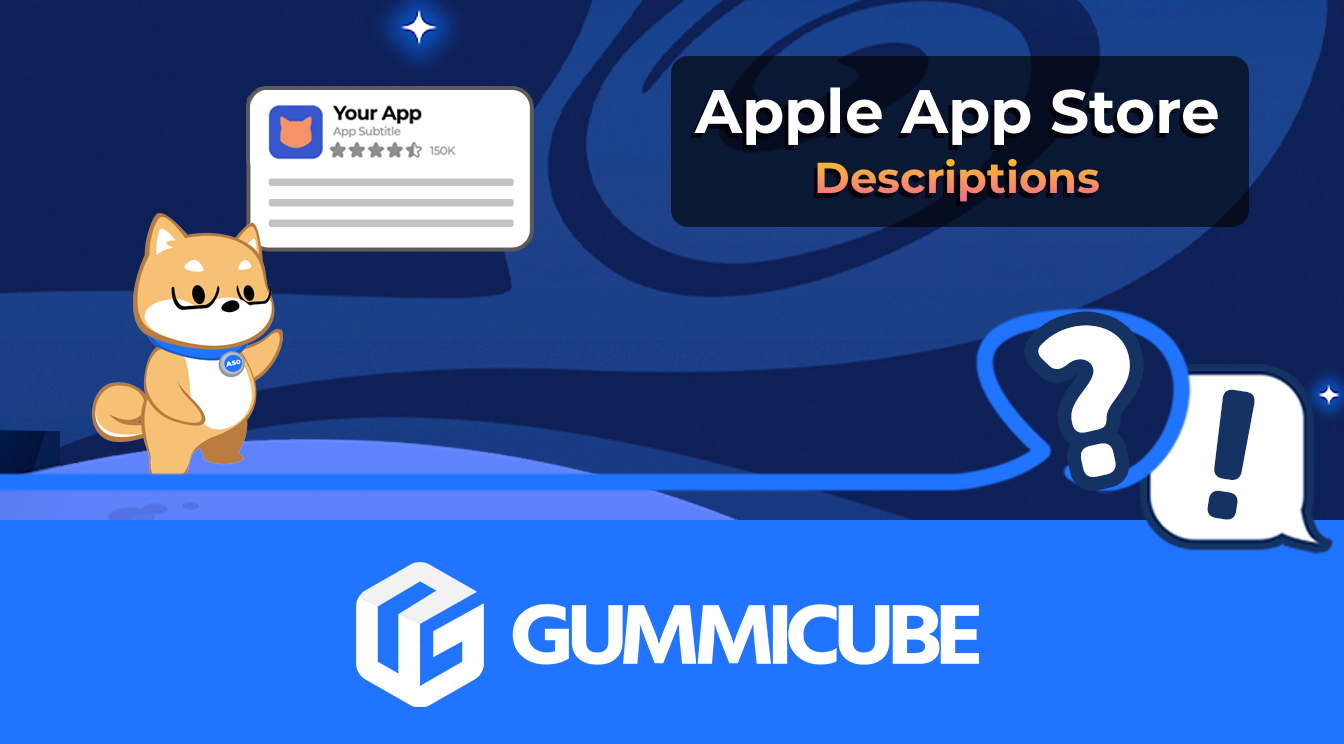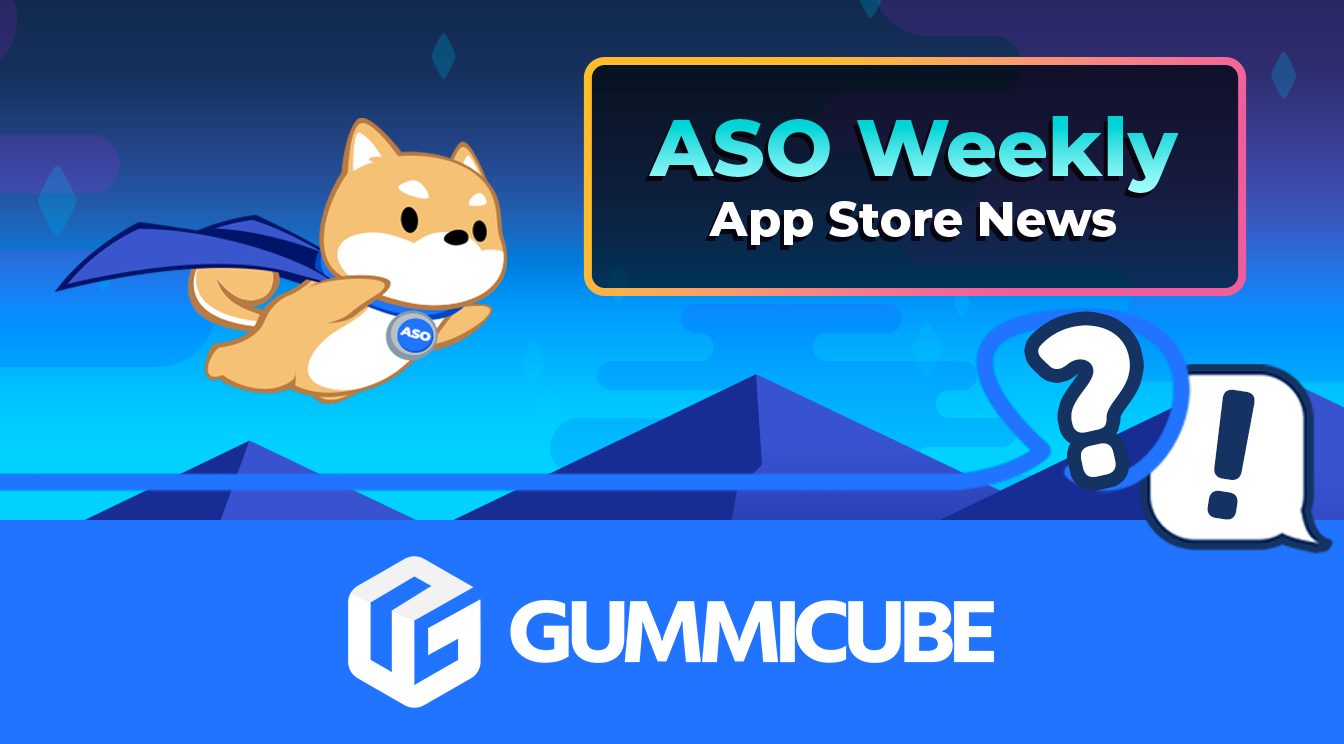
How to Write an Apple App Store Description
Posted on July 17th, 2024
Learn how to approach App Store descriptions the right way so you can effectively engage and convert users.

Building, measuring and adjusting an app listing for the app stores is called app store optimization or ASO. In this article we are going to introduce ASO for beginners, why ASO is important, the main topics and key considerations for an optimized mobile app.
App store search continues to be the largest channel for mobile app discovery and mobile app installs. Despite Super Bowl spots, promotions in your Facebook feed or ads in other apps, mobile users respond that app store search is the channel used most often to find new apps. Without an optimized app listing, you risk losing out on users searching for your app simply because they don’t see it.
Both Google Play and Apple keep their indexing and search ranking algorithms private. By studying cause and effect, correlations and mining our own app store intelligence data - prominent indexing and ranking factors become clear.
An app listing in Apple’s App Store contains public elements like the icon, name, description and screenshots. Unique to Apple is a 100 character, “hidden” or private field for keywords - used to help Apple better understand what your app is, who it is for etc.. Apple uses the app’s name and keywords to determine which keywords and phrases are relevant to the app. For example - consider the following fictional app:
App name: Hotel Finder - best hotels at the best rates
Keywords: deals,travel,motel,room
This app would likely be in the search results for “Hotel room deals”. Notice a few things about how this works:
While keywords used in the app name are weighted more heavily than those used in the “keywords” field, the combination of keywords used across these elements creates a sort of keyword matrix.
Google calls the app name element “App Title” and doesn’t use a private field like Apple’s keyword field, instead using the short and full descriptions to determine relevant keywords. Where Apple provides 255 characters for the app name and 100 for the keywords field, Google limits the characters available and weighs constrained elements more heavily. For example, an app title is limited to 30 characters, the short description to 80 and the full description 4,000. It follows then that an app’s most important keywords/phrases be used in the title, next most important in the short description and then broad coverage for the full description. Using the example Hotel Finder app above - the name we used for Apple's app store is 44 characters - too long for Google Play.
If we really want to focus on "best rates" - the app title could be:
"Hotel Finder for best rates"
As you can see, 30 characters is not a lot to work with!
Determining which target keywords and phrases are most important have a huge impact on an app listing strategy - which brings us to creating the app listing.
To access organic app store traffic, identifying keywords and phrases is critical for discovery alone. With the limited space allotted to the app listing elements, keywords and phrases must be:
In a sentence: because space is limited, we need to identify keywords and phrases that our target audience uses to find apps like ours, that provides coverage of all ultra-relevant searches. With limited space in Apple's keywords field, using precious characters for "free, fun, fast, social, new" etc... unless these modifiers support a more specific, ultra-relevant phrase just doesn't make sense. Instead, focus on the features of your app that are either essential, differentiating or both. Competitive market research, focus groups, app store intelligence software and testing and adjusting should help you identify your best keyword targets.
A complete app store optimization strategy should also consider conversion. The app name/title, keywords and descriptions all play a role, but conversion is largely affected by the icon, screenshots and ratings. Creative elements should be tested with a focus group, polling or other means before being published as the difference between icon designs, screenshots designs, the order of the screenshots and even the features and calls to action on the screenshots have been shown to have a large impact on conversion rates. Ratings and reviews are more complicated in that all of the other elements of an app listing are within your control as the publisher except for ratings. You can learn more about acquiring ratings and reviews for your app here.
When evaluating the potential of organic app store user acquisition, it is clear an optimized app is an extremely valuable asset. The "shortcuts" to building this asset have mostly been shut down, but here are some common "gotchas" for ASO beginners:
Apple provides 255 characters for the app name, but rarely approves those longer than 100 characters, and staying under 60 is even a safer bet. Plus - who wants to download an app like "Cowboy Command - the fast, free, amazing, fun, cowboys and indians, horses, wild west, shootout, first person shooter, where you invite Facebook friends and create a clan to crush the competition". No one - that's who.
Feeling good about your crash course in ASO for Beginners? Why don't you check out our whitepaper on ASO, or take a look at our app store specific guides - for Apple and Google Play.

Learn how to approach App Store descriptions the right way so you can effectively engage and convert users.

Learn how to grab your audience's attention through effective and engaging app store preview videos.

Welcome to this week’s ASO Weekly - The App Store halts gambling ads amidst outcry and the Apple takes a bite out of NFT app sales.